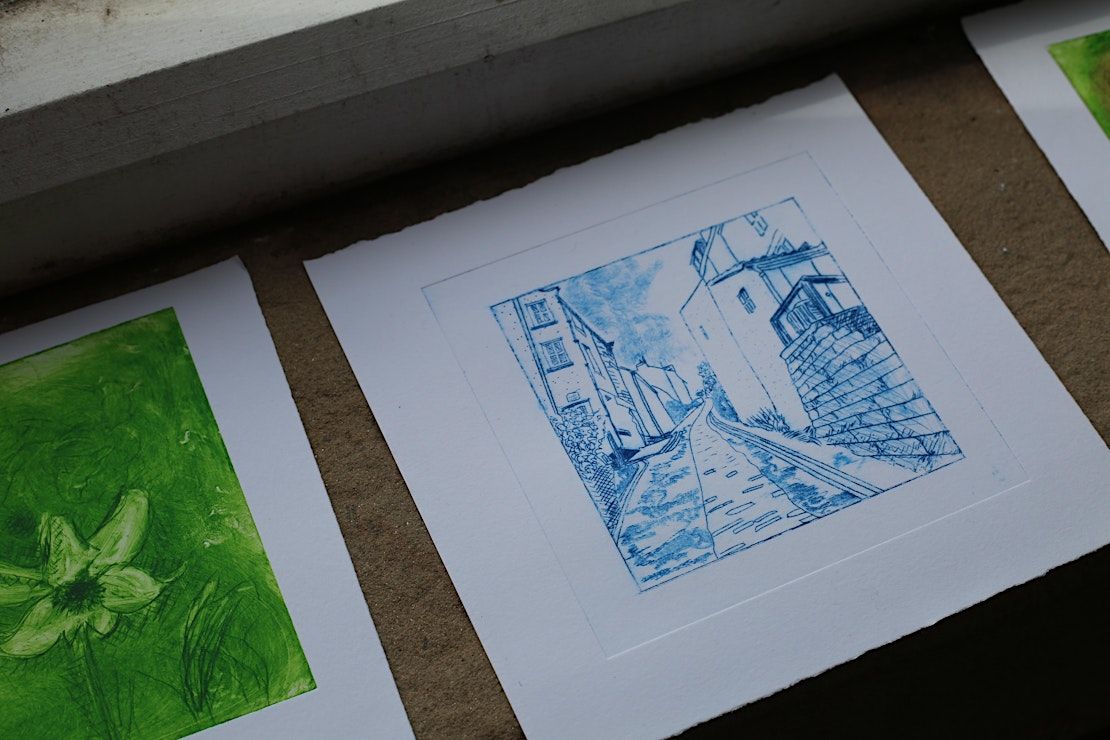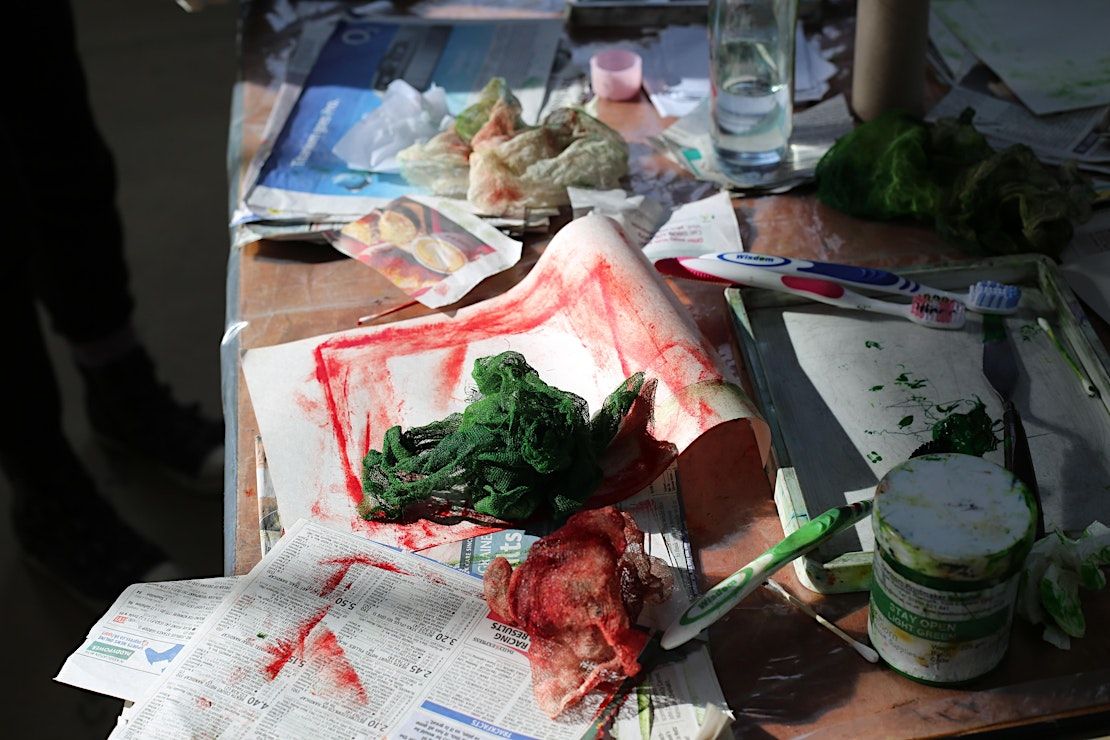
About this Event
Drypoint is a printmaking technique of the intaglio family, in which an image is incised into a plate with a hard pointed needle. Traditionally the plate was copper but now acetate, zinc or Plexiglas are more commonly used. The technique appears to have been invented by the Housebook Master, a south German 15th century artist.
This 3-hour workshop will involve making an intaglio drypoint printing plate using a thick acetate as our plate and using a variety of subjects as our inspiration – images can be from sketches or photographs or you can work from your own imagination. Please bring along any sketches or photographs you’d like to work from, or Cath will have a range of images that can be used as a starting point. The advantage of using acetate is being able to trace our images directly from a drawing or photograph onto the plate, meaning the technique is suitable for those who don’t feel as confident at drawing.
Participants will be introduced to a range of mark making tools and techniques to make our plates. There will be a range of coloured oil-based etching inks so you can explore printing the same plate using different colours. You will learn about printmaking inks and papers suitable for drypoint and explore different inking methods.
By the end of the workshop you should have a small edition of 3 or 4 prints to take home. You can choose to work 10cm x 15cm, or 15cm x 21cm portrait or landscape, or square 15 x 15cm. If you wish, please bring an A4 sized folder to take your prints home.
Printmaking can get messy, please wear old clothes or bring an apron. Cath will provide gloves and all other materials.

Artist bio:
Cath undertook foundation studies at Leeds College of Art before studying Fine Art at the University of Newcastle upon Tyne where her interest in industrial spaces began during sketching trips to Swan Hunter shipyard on the River Tyne.
Following University she started an evening class at Leeds College of Art where she became hooked on printmaking.
Her practice is inspired by urban and industrial landscapes. Cath’s images focus on changing industrial landscapes and ways in which nature responds when large industrial structures are abandoned: shipyards, power-stations and steel furnaces etc. She often visits the same sites many times, documenting the changes taking place.
Cath is fascinated by coastal industrial areas where large industrial structures, oil tankers and container vessels sit alongside areas of natural beauty and our nature reserves. She is also interested in new industry adjacent to old – wind turbines turning next to cooling towers.
Cath’s current work focuses on post-industrial Teesside including the re-integration of seals into Greatham Creek over the last half century. As industry declines, nature returns.
Many of her works combine drypoint, monoprint, chinecolle and collagraph methods. Her approach to producing prints starts with an idea developed from sketches, which then evolves as the process takes over and she responds to the unexpected marks and colours in each layer. Cath’s prints are made in very small editions of up to 4. Due to the hand inking process, each print will vary, making each unique.

About the venue
Sunny Bank Mills is an inspirational cultural destination in the heart of the local community of Farsley, Leeds. Founded in 1829, these glorious Mills are being regenerated by the sixth generation of the family owners, creating a wonderful blend of work, leisure and culture.
Course terms and booking conditions
Workshop and course bookings can be cancelled and refunded up until 7 days before the scheduled start date. As materials and equipment are ordered in advance, we regret that refunds cannot be offered less than 7 days before the workshop date. Please note that Eventbrite’s booking fee is non-refundable.
If we need to cancel the course for any reason your ticket will be fully refunded.
Event Venue & Nearby Stays
Sunny Bank Mills Gallery, 83-85 Town Street, Bradford, United Kingdom
GBP 50.00












